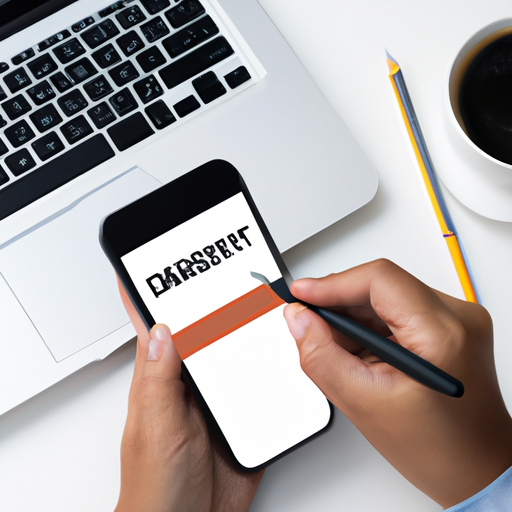In recent years, home robotics has swiftly transitioned from a futuristic concept to a tangible reality, dramatically reshaping the way we manage our household chores and interact within our living spaces. With advancements in smart home technology and artificial intelligence, robotics is making daily life more convenient, efficient, and enjoyable.
The Surge of Robotics Technology in Homes
As technology evolves, robotics technology has integrated into everyday home environments. Devices such as robot vacuums, which can autonomously navigate and clean floors, are becoming increasingly popular. These robots are not just novelties; they offer practical solutions for busy homeowners looking to maximize their time and minimize their workload.
Home Automation Enhancements
Home automation is another key area where AI robots are making strides. Smart home systems allow users to control lighting, heating, security, and even grocery shopping with the touch of a button or voice command. This seamless integration increases energy efficiency and enhances overall home security.
Benefits of Integrating Robots into Daily Life
- Time-saving: With routine tasks managed by robots, homeowners can focus on more meaningful and enjoyable activities.
- Increased Efficiency: Robots operate consistently and effectively, reducing the time spent on chores.
- Accessibility: For elderly or disabled individuals, home robotics can provide crucial assistance in maintaining independence.
Popular Home Robotics Trends
Current trends include not just cleaning robots, but also robotic kitchen assistants that help with meal preparation, and even social robots that provide companionship and emotional support. These innovations demonstrate the diverse applications of home robotics and its potential to enhance quality of life.
Future Outlook for Home Robotics
As home robotics continues to evolve, we can expect even more advanced integration with AI and machine learning, leading to highly personalized experiences that cater to the needs of individual families. The future holds exciting possibilities, and as these technologies become more affordable and accessible, we are likely to see widespread adoption in households across the globe.
Stay tuned for more updates on the rapidly changing landscape of home automation and the incredible devices that are changing our homes forever.
For more insights on the future of technology and smart living, follow our blog!













